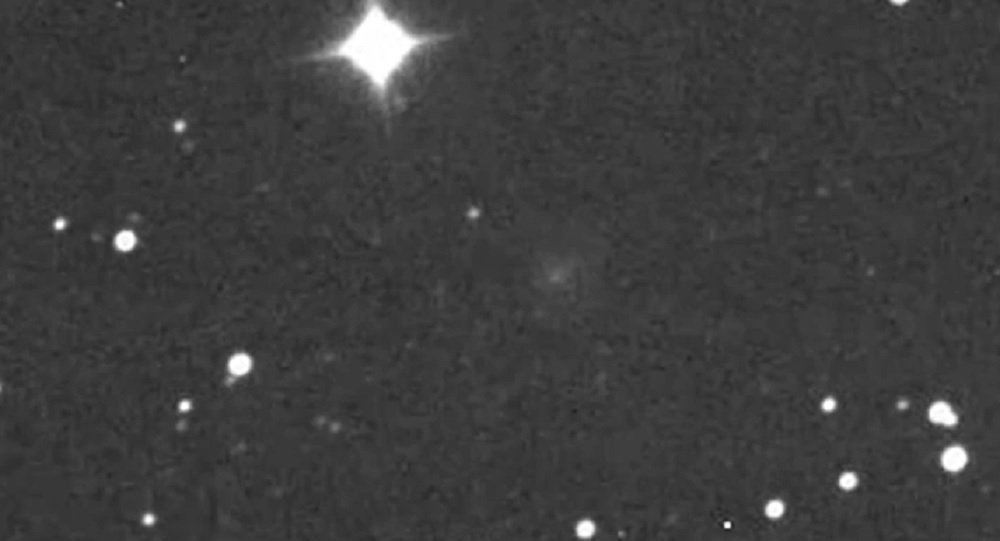OF THE
TIMES
I've had enough of someone else's propaganda. I'm for truth, no matter who tells it. I'm for justice, no matter who it's for or against. I'm a human being first and foremost, and as such I am for whoever and whatever benefits humanity as a whole.
I thought Abbot had more brains than that.
I've been to a "witch wedding" - twas in Salem, MA - there were DEAD fish in the water when the bride said her vows and groom likewise. You want...
I listened to a portion of this being there ain't been no NewsReal to listen to and frankly them fellas don't show how tough they are being in the...
Check this out if you desire - listen to the drummers: [Link] - "Full Battery in the Lot"
Dragging that piece of human excrement tied to a rope behind a speed boat would be a just punishment.
To submit an article for publication, see our Submission Guidelines
Reader comments do not necessarily reflect the views of the volunteers, editors, and directors of SOTT.net or the Quantum Future Group.
Some icons on this site were created by: Afterglow, Aha-Soft, AntialiasFactory, artdesigner.lv, Artura, DailyOverview, Everaldo, GraphicsFuel, IconFactory, Iconka, IconShock, Icons-Land, i-love-icons, KDE-look.org, Klukeart, mugenb16, Map Icons Collection, PetshopBoxStudio, VisualPharm, wbeiruti, WebIconset
Powered by PikaJS 🐁 and In·Site
Original content © 2002-2024 by Sott.net/Signs of the Times. See: FAIR USE NOTICE

Reader Comments
to our Newsletter